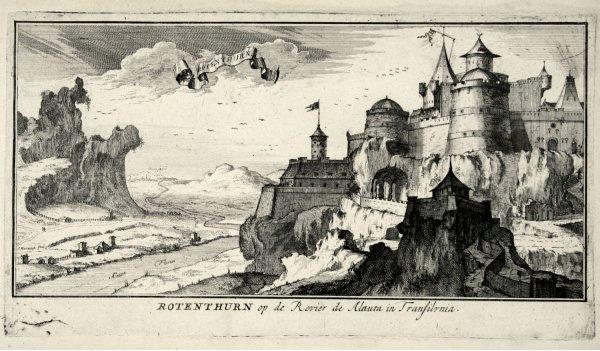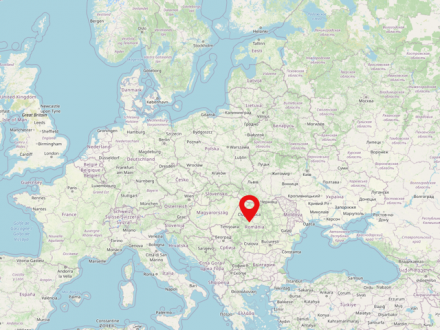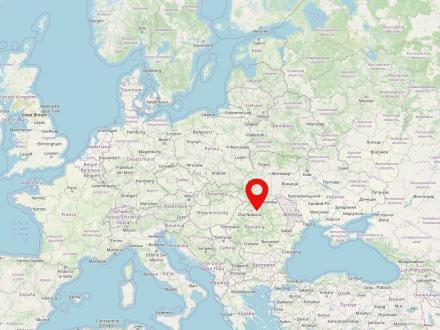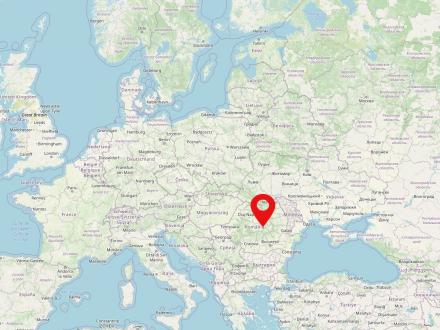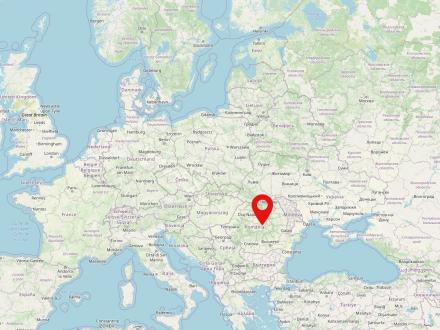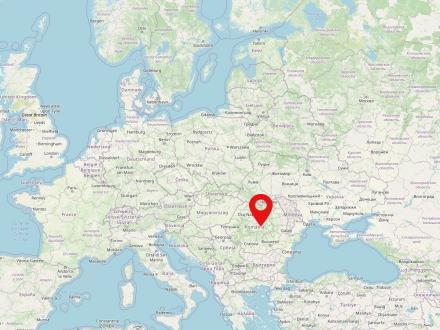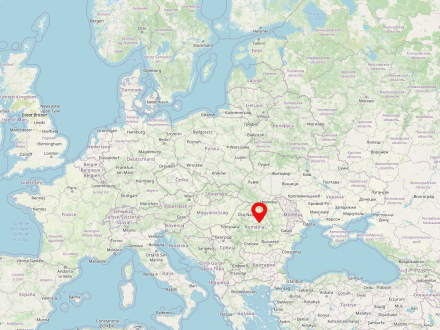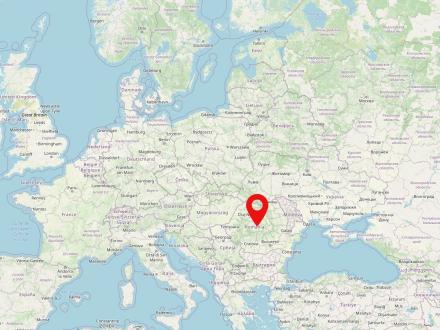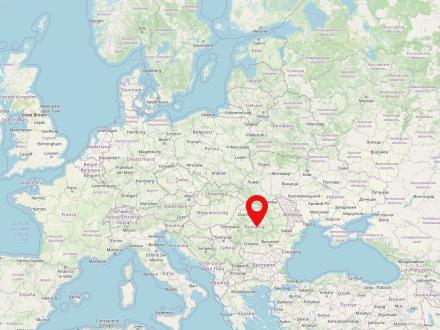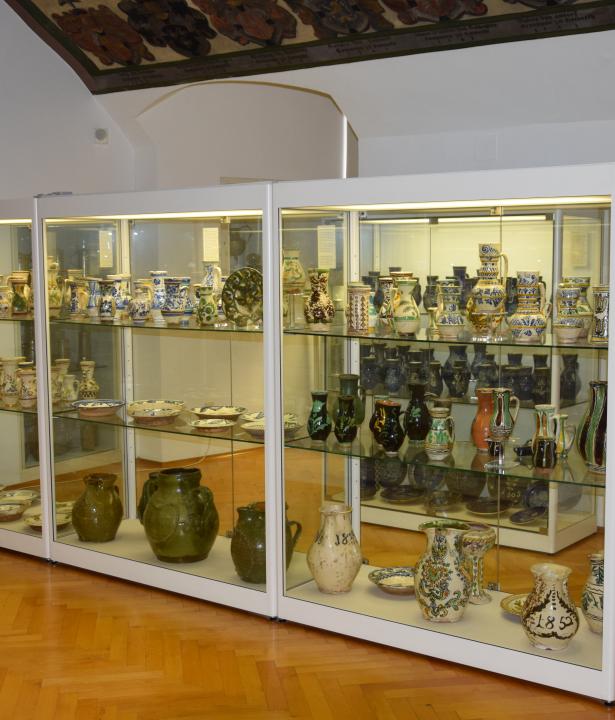
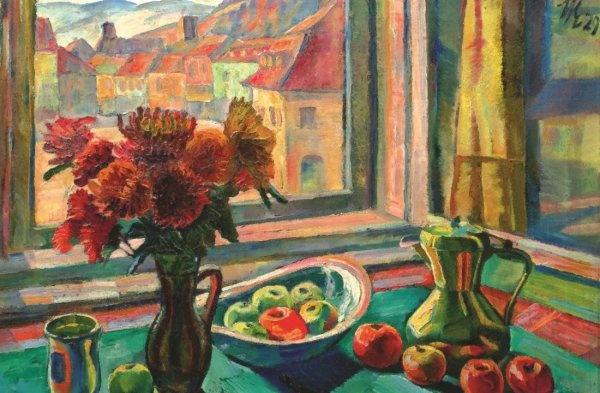

Among others, Sieglinde Bottesch, Arthur Coulin, Gert Fabritius, Juliana Fabritius-Dancu, Ernst H. Graeser, Hans Hermann, Fritz Kimm, Hermann Konnerth, Ludwig Rohbock, Trude Schullerus, Heinz Schunn, Susanne Schunn, Kaspar Lukas Teutsch and Helfried Weiß are represented. Separate areas are the collections of documentary graphics of the 17th - 20th centuries with depictions of traditional costumes and customs, views and plans of fortified churches as well as city views of Transylvanian towns.


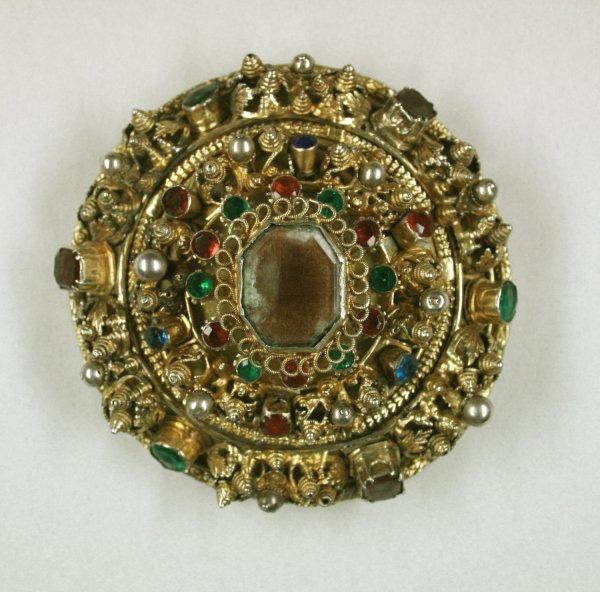
Transylvania is a historical landscape in modern Romania. It is situated in the center of the country and is populated by about 6.8 million people. The major city of Transylvania is Cluj-Napoca. German-speaking minorities used to live in Transylvania.

In addition to the collection of traditional costumes and everyday fashion, the Transylvanian Museum also has an extensive collection of home textiles (blankets, pillowcases, wall hangings, towels, etc.). Textiles have a very high representative function among all ethnic groups of Transylvania. They are an area that has also absorbed ethnic symbolism, which finds expression in the assignment of colors, motifs and in the techniques of their production. Similar to the individual pieces of clothing, the embroidery and weaving patterns of the home textiles provide information about the diverse influences of the different ethnic groups on each other.



Jaad (Romanian Livezile), called Goot in Transylvanian Saxon, is located in Bistritz-Nassod County (Bistriţa-Năsăud) in Transylvania, Romania. The village is located about 8 km away from Bistritz.
Reps (Romanian Rupea), Transylvanian-Saxon also called Räpess, is a town with about 5,000 inhabitants in the county of Brasov (Braşov) in Transylvania, Romania. The town lies at the foot of the castle of the same name.
Meeburg (Romanian Beia), Transylvanian Saxon also called Meebrich or Moibrich, is a district of the municipality of Katzendorf (Romanian Cața) in Kronstadt County (Braşov) in Transylvania, Romania.
Cața (German: Katzendorf) is a municipality in Transylvania. It is situated in central Romania and is inhabited by just under 2,400 people. Cața is placed in Brașov County, about 240 km north of Bucharest.
Deutsch-Weisskirch (Romanian Viscri), Transylvanian-Saxon also called Weisskirich, is located in the district of Kronstadt (Braşov) in Transylvania. The village has about 500 inhabitants.
Sighișoara (German: Sighisoara) is a Romanian city in the Transylvanian county of Mureș. The city is inhabited by about 28,000 people and is located in central Romania on the Târnava Mare, a tributary of the Mureș. The city was an important place for the Transylvanian Saxons.

Agnita, German Agnetheln, is a town in Sibiu County in the Harbach Valley. It is located about 60 km northeast of Sibiu.
The Harbach Valley in Transylvania (Romania), also called Haferland, is crossed by the Harbach (Roman. Hârtibaciu), which gives it its name. It is divided into the upper and the lower Harbach valley. In the center lies the town of Agnita (Agnetheln).
Romania is a country in southeastern Europe with a population of almost 20 million people. The capital of the country is Bucharest. The state is situated directly on the Black Sea, the Carpathian Mountains and borders Bulgaria, Serbia, Hungary, Ukraine and Moldova. Romania was established in 1859 from the merger of Moldova and Wallachia. Romania is home to Transylvania, the central region for the German minority there.









